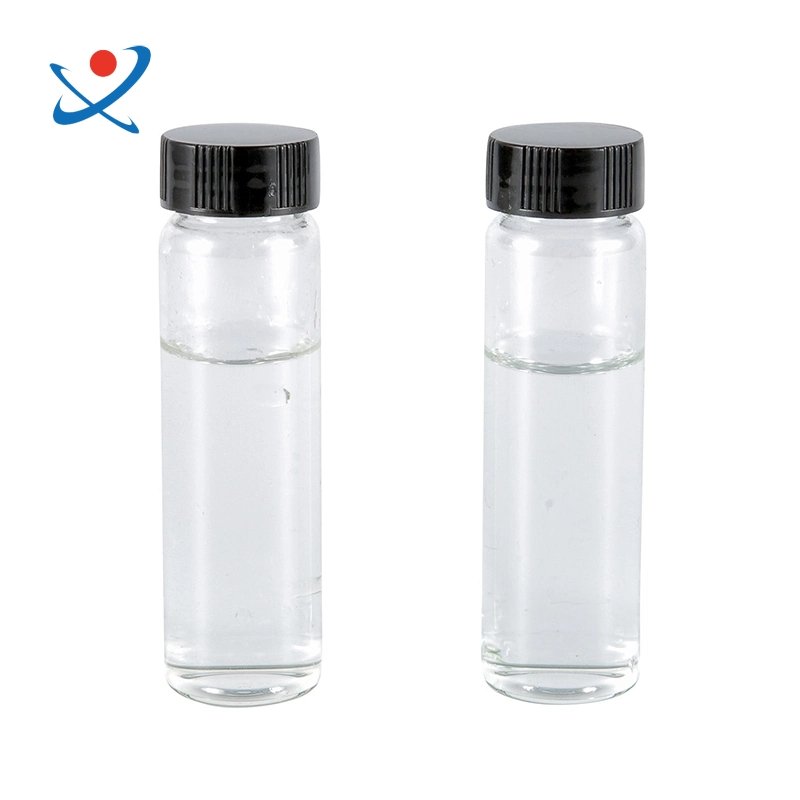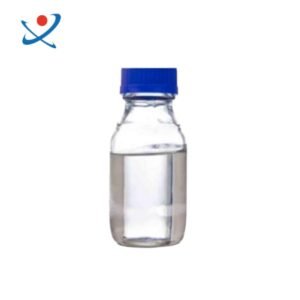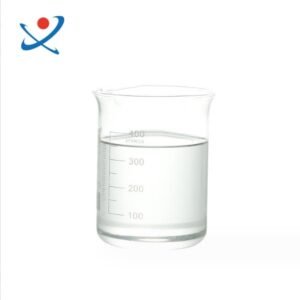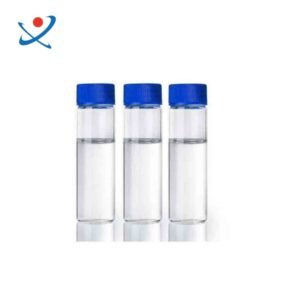Pyridine is an organic compound with the chemical formula C5H5N, which is a six membered heterocyclic compound containing one nitrogen heteroatom. It can be regarded as a compound in which one (CH) of the benzene molecules is replaced by N, hence it is also called nitrogen benzene. It is a colorless or slightly yellow liquid with a foul odor. Pyridine and its homologues exist in bone tar, coal tar, coal gas, shale oil, and petroleum. Pyridine can be used as a denaturing agent, dyeing aid, and raw material for the synthesis of a series of products (including drugs, disinfectants, dyes, etc.) in industry.
On October 27, 2017, the International Agency for Research on Cancer (IARC) of the World Health Organization released a preliminary list of carcinogens, with pyridine listed as a Group 2B carcinogen.
Product Name: Pyridine
Foreign name: pyridine
Alias: Azabenzene
Chemical formula: C5H5N
Molecular weight: 79.100
CAS login number: 110-86-1
EINECS login number: 203-809-9
Melting point: -41.6 ℃
Boiling point: 115.3 ℃
Water solubility: soluble
Density: 0.983 g/cm ³
Appearance: Colorless liquid
Flash point: 20 ℃ (closed)
Application: Used for manufacturing vitamins, sulfonamides, insecticides, plastics, etc
Security description: S7; S16;S22;S24/25;S26;S28;S36/37/39;S38;S45;S61
Hazard symbol: F; Xn
Hazard description: R11; R20/21/22
UN Dangerous Goods Number: 1282
application
Used for manufacturing vitamins, sulfonamides, insecticides, plastics, etc; It can also be used as an alkaline solvent and an excellent solvent for deacidification agents and acylation reactions; It can also be used as a catalyst for polymerization reactions, oxidation reactions, carbonylation reactions of acrylonitrile, etc; It can also be used as a stabilizer for silicone rubber and as a raw material for anion exchange membranes.





